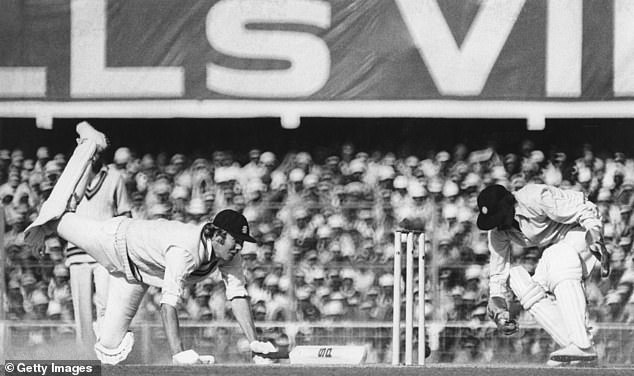In December 1975, John Woodcock and I were in Perth for an extraordinary Test between Australia and West Indies. We were staying at the Weld Club, and one evening I said to him that in a year’s time we would be with England in India.
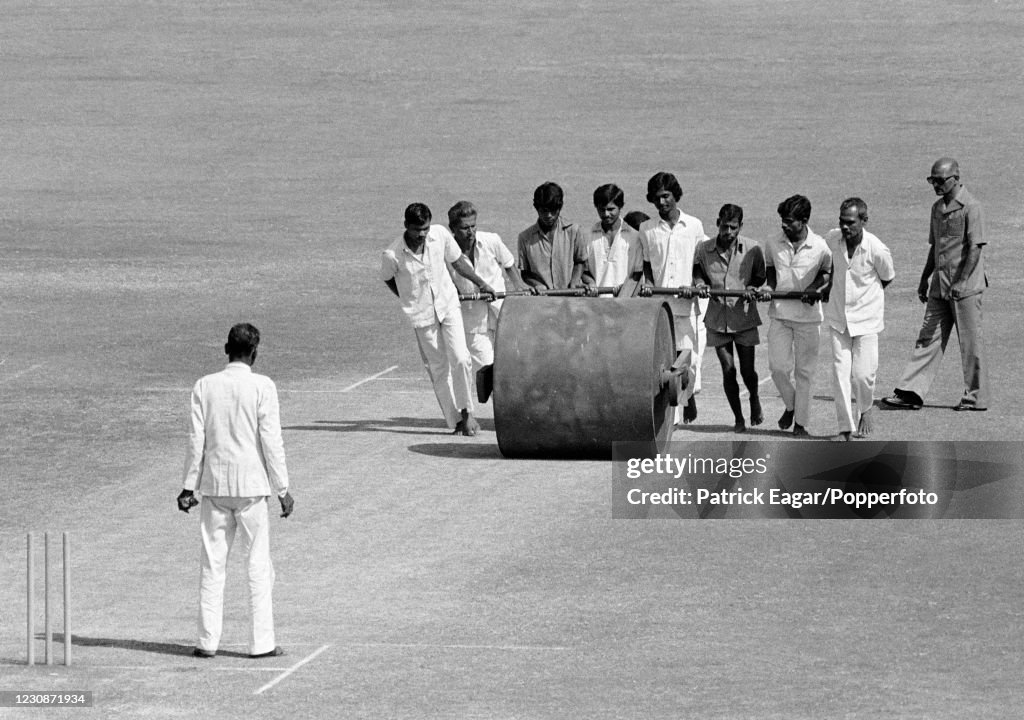
‘The last time we went,’ he replied, ‘Brian Johnston, Michael Melford and I decided to drive. We didn’t in the end, because the wives didn’t think it was a good idea. But that doesn’t apply to either of us at the present time, Blowers, so why don’t we do it now?’
By the time dinner was over, we had already selected our first travelling companion, Judy Casey, a mutual friend who lived in Sydney and exactly the ebullient extrovert this sort of adventure needed. When we returned to England, Wooders persuaded a farming friend in Hampshire, Adrian (Ady) Liddell, who collected old cars, to join the party, along with his lovely claret-coloured 1921 Rolls-Royce. Michael Bennett, a drinking companion of mine, was the fifth member of the party and brought along his new yellow three-litre Rover.
The two cars left an underground garage near Albert Hall in the rain at 6.30 am on October 6, 1976. The Rolls had luggage and spare tyres piled on the roof and running boards, and both cars were plastered with stickers from our sponsors, who included a celebrated maker of Scotch whisky.
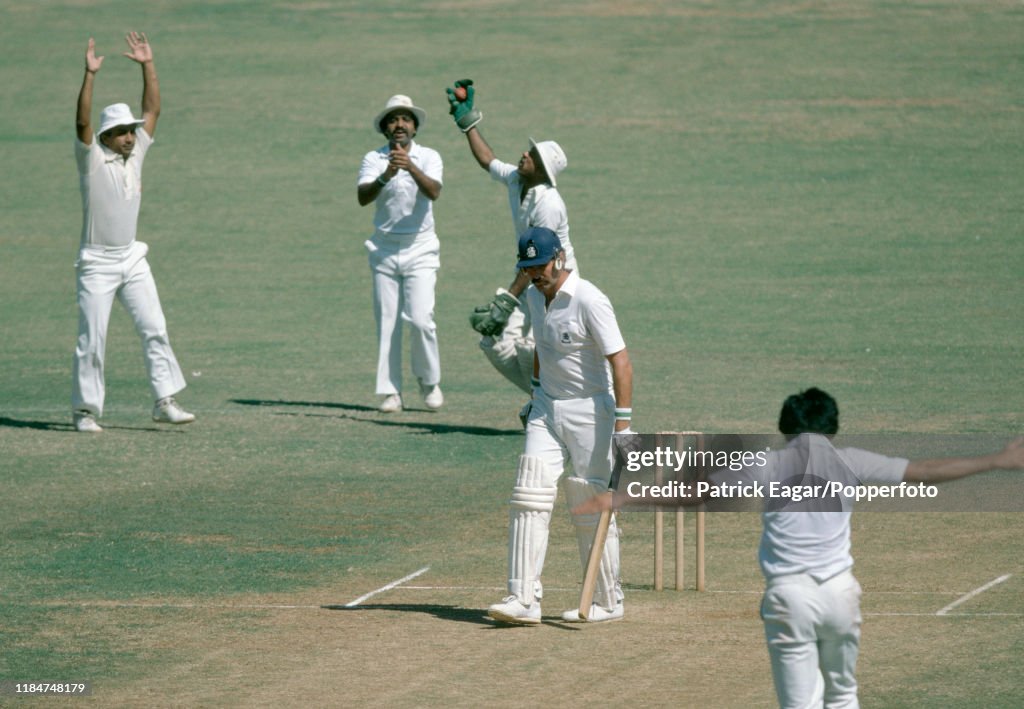
Ady, in his cap, drove the Rolls every inch of the way to Bombay, and without blemish. I sat beside him in the assistant chauffeur’s seat, which was lumpy and uncomfortable. When it rained, the top of the windscreen leaked plentifully. Wooders sat like an off-duty maharajah in the ample back seat, protected by the window which separated the passengers from the chauffeurs.
Michael drove the Rover peering over the top of his horn-rimmed, half-moon glasses, while Judy encouraged and sometimes spelt him.
Our journey through Europe was circuitous, owing to the demands of sponsors, but without a problem.
We took in Paris and Frankfurt, then drove through Austria into what was still Yugoslavia, and on to Thessaloniki in Greece. We went across the top of the Aegean to Istanbul, the Bosporus and Asia, where we entered a different world. Driving became increasingly difficult, with huge, speeding, long-distance lorries, a lot of rather curious local traffic, much hooting and fearsome potholes.
We made for Ankara, where the Turkish political parties were having their annual conferences. Hotels were full, but at a petrol station, Wooders fell into conversation with some students, one of them the son of the Turkish judge advocate general. We spent the night on a plush carpet in the drawing-room of his parents’ luxurious apartment. Our eminent host and Wooders might have been sailors on shore leave.
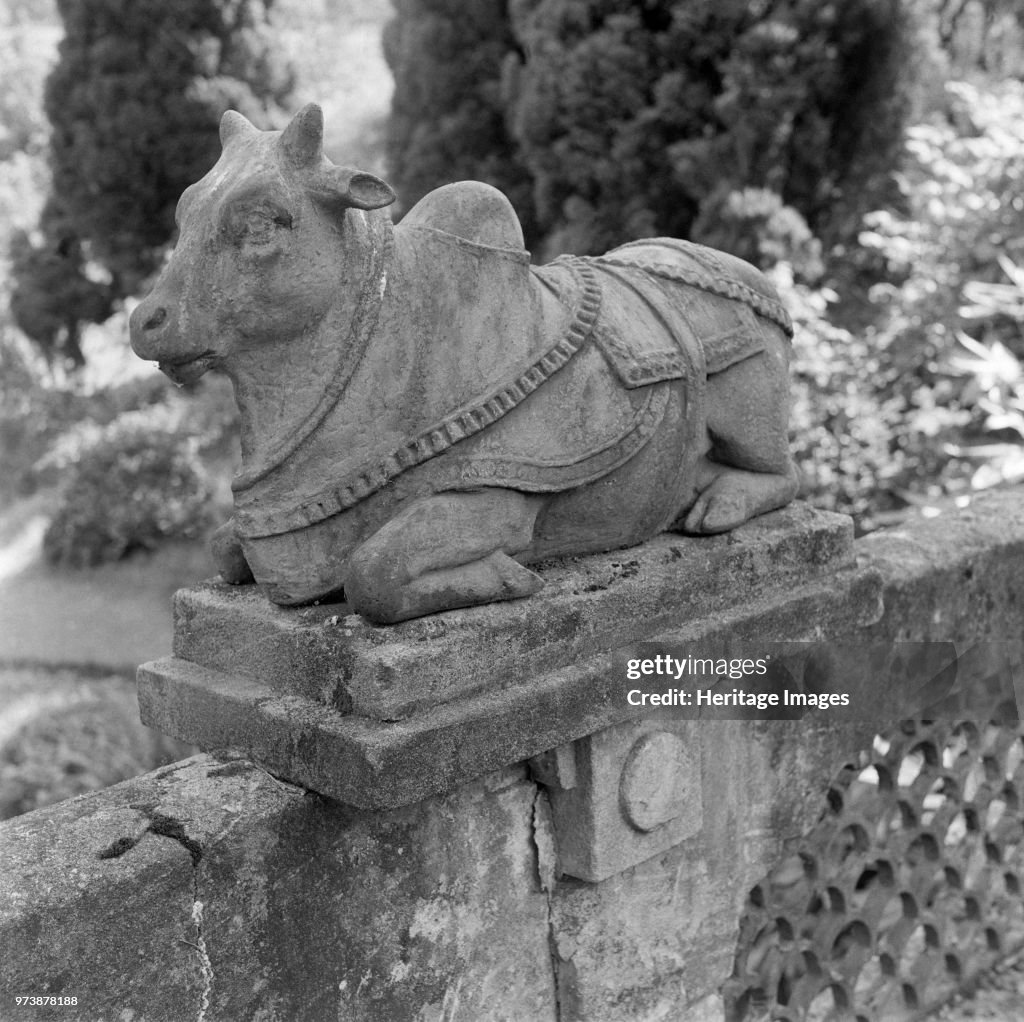
The next night, in Sivas, in the most spartan hotel of all, was a great contrast and marked by a lively discussion. The occupants of the two cars disagreed as to whether the purpose of our journey was to have a look around or simply to get there. It was partly Wooders’s sure diplomatic touch which patched things up.
We stayed in Tehran with a friend of Ady, who was also the Shah’s personal solicitor. He put us up in a magnificent house just outside his boss’s Sa’dabad Palace. We spent four days there, while Ady fully serviced the Rolls; we saw the Iranian crown jewels and watched a game of cricket put on by the British embassy at Tehran airport, which began at half-past six in the morning.
Wooders said a few words at dinner one night in the embassy and, by the end, when he was talking to our ambassador, we were not entirely certain who was who. Still, in Iran, we ate caviar at Babolsar on the Caspian, from a barbecue on a roundabout in Bojnord, and discovered an unlikely cache of champagne in the holy city of Mashhad – all orchestrated by Wooders.
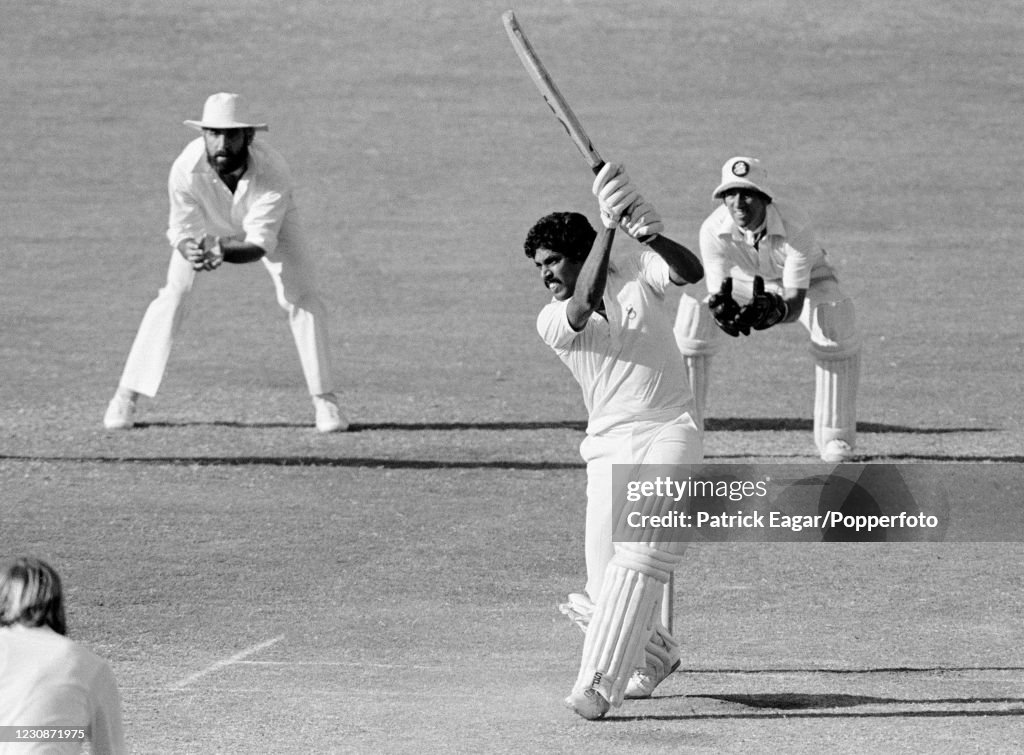
The next day, the crossing from Iran into Afghanistan, accompanied by hangovers, was much the most difficult of the trip. The border post was run by a teenager, a budding dictator who met his match in Wooders. After a slight problem with his deafness, they quickly became great friends; when Wooders slid him a bottle of whisky, it might have been a gold bar.
We were through, beating infuriated lorry drivers, some of whom had already been kept waiting for at least four days. In Kandahar, we were greeted by a bearded rogue who insisted on selling us cigarettes most certainly not filled with tobacco. Wooders was all for giving them a go, and we had a headache for three days. We then drove through the Kabul Gorge, more impressive than the Khyber Pass, on the way to the still beautiful and unspoiled Kabul, where we saw Curzon’s magnificent embassy, admired the architecture and bought sheepskin coats on Chicken Street.
After leaving Afghanistan, we rolled into Dean’s Hotel in Peshawar, where one of the bearers greeted Wooders, who had stayed there once before, with great warmth. There was much hugging. We then went to Islamabad, and into India. In Delhi, Wooders met up with an old friend, Ashwini Kumar, a former Indian hockey player who was now their representative on the International Olympic Committee. He was also the head of India’s border security force and arranged for us to spend two fascinating days at their base in Tekanpur, south of Delhi.
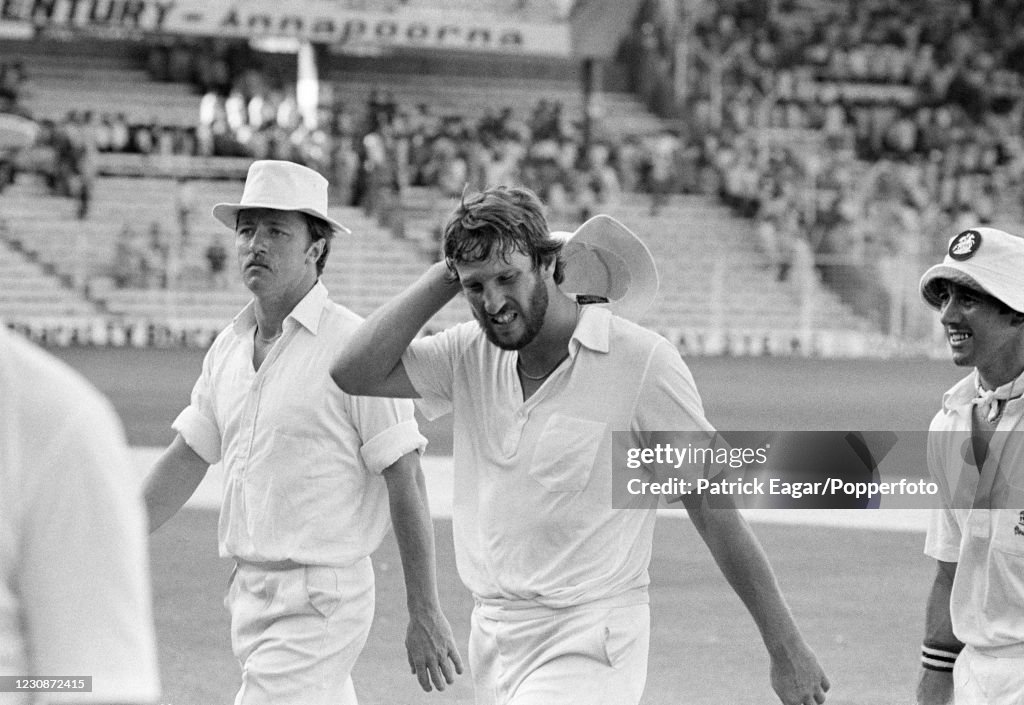
Finally, we passed through Rajasthan and then spent one night with the Maharajah of Baroda at his palace. Two days later, soon after one o’clock on November 22, Ady drove the Rolls into the small, semi-circular courtyard of the Taj Mahal Hotel in Bombay. It was 46 days after we had left Albert Hall. Wooders and I were in time for the start of Tony Greig’s victorious tour. The cars, once again good friends, caught a ship home.
Note: This article is written by Henry Blofeld and has been published at Daily Mail UK
